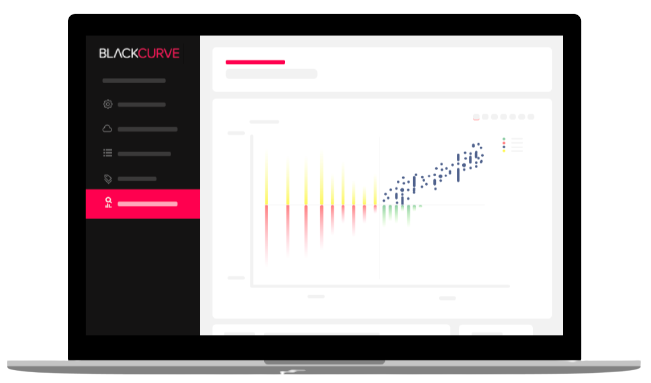CAC Definition
Whether you're in traditional high street shops or diving into the fast-paced world of eCommerce, one goal stays the same: get and keep loyal customers. With so many businesses fighting for attention, finding those loyal customers isn't always easy.
That's where the Customer Acquisition Cost (CAC) can help. CAC is the average cost of acquiring a new customer, from initial contact to them making their first purchase.

